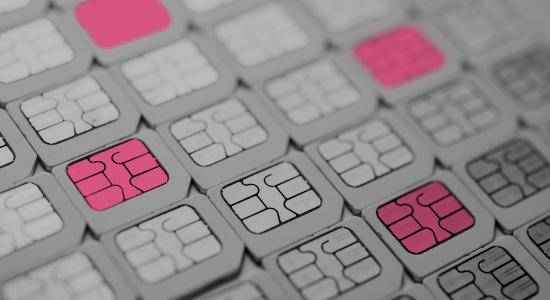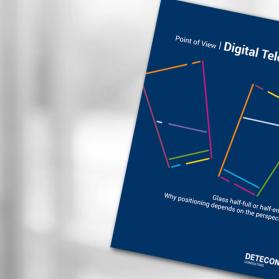For the realisation of innovative services in the private home, Deutsche Telekom is currently working on the operation system HomeOS, which connects all services and devices and offers personalisation and convergence. We asked Rickard Damm, Vice President, what we can expect from HomeOS.
What is HomeOS about?
HomeOS addresses a major white spot on the image of most telcos: the seamless interplay among different service domains for the creation of truly converged experiences.
HomeOS is built around the concept that customers will expect us to deliver a much more fluid and integrated user experience in the future if we want to compete against the hyperscalers who themselves want to muscle in on our core domains of entertainment, communications, and connectivity. It is easy to imagine a scenario in which future customers will find, compare, and buy a service based on how well it fits into their own technology ecosystems at home rather than on price alone. We see this happening even today in the mobile sector when customers enter one of the dominant ecosystems and get ”stuck” there.
Our objective in providing HomeOS is to offer an open ecosystem encompassing the technology in people’s homes based on cloud APIs, where cross-domain use cases come to life. It may comprise obvious services such as asking the voice assistant to create a guest network on the fly and display the access credentials on your TV or more advanced use cases such as having your house act as a family member in your chat reminding you of tasks or recommending new items that complement well the products you have already installed.
About: Rickard Damm, Vice President, Deutsche Telekom AG
“I am Swedish, and my career in the telecommunications industry started at Ericsson, where I spent ten years working with a broad set of technologies and products such as mobile advertising, streaming music, and core network features. After leaving Ericsson, I moved on to the Telia Group where, among other activities, I headed the Technology Innovation department and the innovation partnership with Spotify. At Deutsche Telekom, I am in charge of “HomeOS”, an exciting service that will soon be available in millions of households and create a clearly differentiated and delightful experience involving our products.”
What will the “connected home” look like in 2030?
The appetite and demand for ever-increasing bandwidth and lower latency will not stop. Deutsche Telekom´s commitment to building fiber optic networks and 5G is crucial and will secure our leading position for the next 10 to 20 years. I am convinced that there will be no need to find “killer applications” for these technologies; the killer apps will emerge naturally when there is a crucial mass of users. This is what happened with Spotify, for instance. The story of its creation is that Daniel Ek, after having high-speed internet installed, quickly became bored with bad download experiences and decided to do something about it. The same thing will happen with 5G and higher-speed fiber optic internet. We already see this occurring in places such as Sweden where houses without fiber optic connectivity are less attractive for the market. Families like mine who have teenage children simply cannot imagine going “back in time” after growing accustomed to the new world.
As far as new technologies inside the home environment are concerned, I would like to think that very few households will be completely without smart devices. Many households are becoming smart homes without the awareness of the people living in them when, for example, families upgrade to a new vacuum cleaner or buy connected lightbulbs from IKEA. My prediction is that an average family will have hundreds of connected devices on their home network without ever having thought about creating an elaborate ”Smart Home.”
Another big trend I attribute to the years of the pandemic is the future of communication and togetherness among widely separated family members and loved ones. I would not be at all surprised to see super-high-definition video communications and content sharing from the living room, possibly even with 3-D capability, turn into a substantial driver for higher bandwidth and edge cloud services
Are there any technologies or products you find especially exciting for the future?
I am always excited about technologies that significantly enhance the user experience and technologies that dramatically increase performance. One area where I think that we have only just started to see huge innovations emerging is in the field of cameras in combination with other sensors and GPU/tensor chipsets on cellphones, tablets, and other devices. The supporting AI chipsets required for advanced processing in real time are coming down in cost and size. We will quite soon see things that previously required large cloud capacity now able to run on individual devices. One example of this is Facebook Portal and the Apple Center Stage feature where an AI “cameraman” follows you around the room and zooms in where appropriate. These types of functions require very advanced AI models to run and would not have been possible only a few years ago.
Thank you for the interview!








